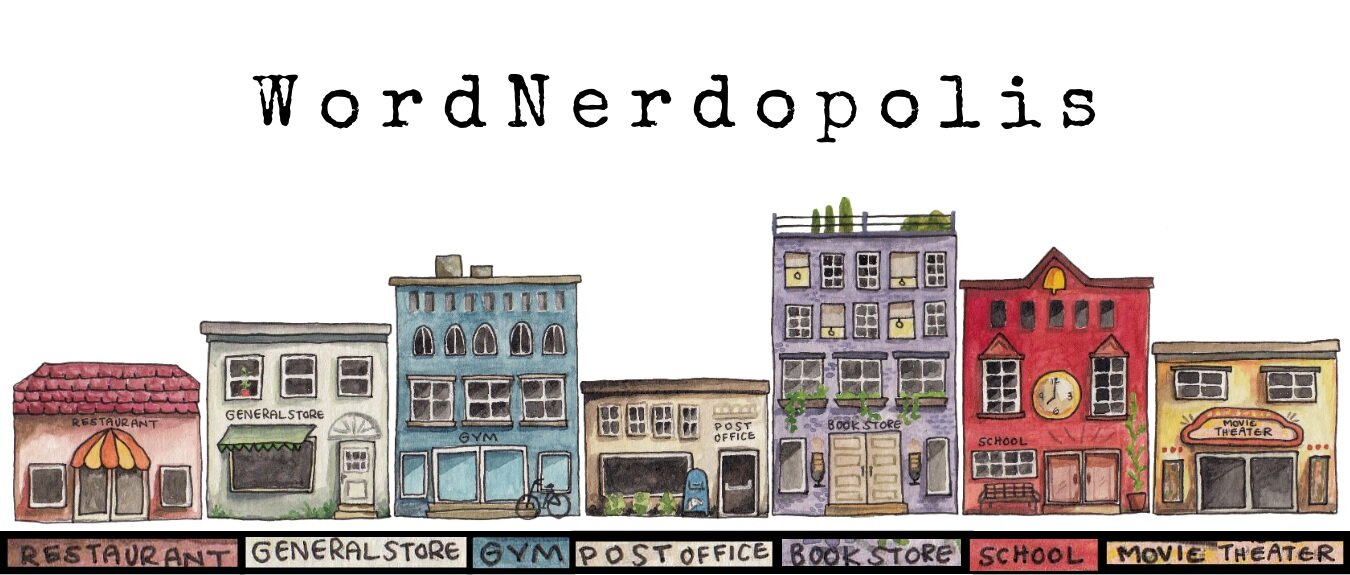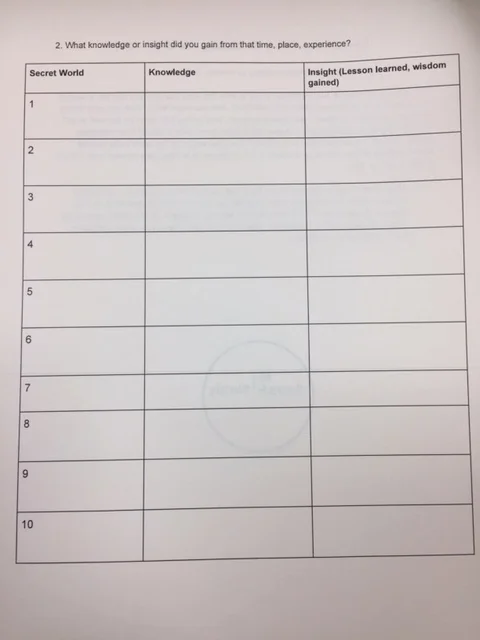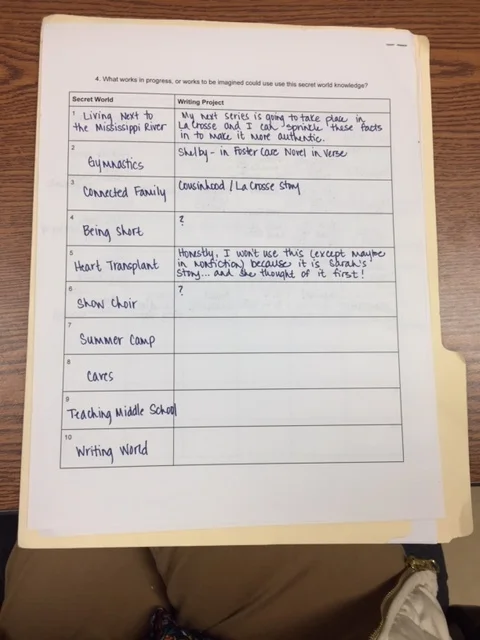Write What You Know, Part 2
A couple of weeks ago I wrote a post about the advice, “write what you know”. In it, I shared how I used my real life to create characters, conversations, and setting details. I explained how I was, for the first time in my life, able to use authentic details from my own life to essentially word vomit eight chapters of a new story onto the page. This week I’m going to walk you through an exercise that will step by step, help you to do the same.
I’m not making any promises, but I’ve run this writing workshop twice – once with both my local critique group (a part of the Mississippi Valley Writer’s Guild) and a second time with a group of talented writers at the North of 45 Writing Retreat – and both times participants found it yielded topics ideas and details they hadn’t previously considered fodder for stories. I am hopeful it can do the same for you!
Before we begin. A quick backstory.
One night, a few couple of years ago, I found myself seated and chatting with another writer atop a riverboat cruising the Wisconsin Dells. (Join the Society of Children’s Book Writers and Illustrators and you too could find yourself in this position!) This writer was a bit further in her writing journey than I, and I was eager to hear all of the wisdom she had to share. In this conversation she told me the thing all beginning writers want to hear.
“It was the single best thing I did for the craft of my writing.”
Isn’t what we all want to know? How to get better? I ask writers this question all the time. At book signings and conferences, in Q and A’s and fan-girl emails.
Maggie Stiefvater (my favorite author on the planet!) once told me,
“I try to take what is in my head and put it on the page.”
Neil Gaiman gave this great answer.
But overall, I had not found a single, solid, sure-fire answer. Here, someone was FINALLY going to tell me. Melissa’s answer was, this book, The Practice of Creative Writing.
To get your copy of the book, just click here.
It’s a college level textbook. It cost $60.00, but Melissa assured me it was worth it. I put the book on my Christmas list the following year and, thanks to my parents who have always supported this crazy writing dream of mine, I got it. I’ll admit that it sat on my shelf for awhile… okay months, but when I finally dug it out and opened it up, I could see immediately that she was right. Just thirty pages in the text was underlined and dotted with hearts. So much practical information in such a compact form!
It is within these first few pages that I found the basis for what I am going to share with you today. It is modified, and made slightly my own, but a huge thanks goes out to Heather Sellers for clearly conveying a way to utilize our everyday lives to produce high quality writing.
“How can your boring apartment in Rockaway Beach, your boring parents, your boring little sister be the stuff of art? How can your dumb wedding plans in your dumb small town make a novel? Your ridiculous middle-class life in your homogeneous suburb? The great writers of the world have used the simple material of their plain lives to create great art simply by looking close at what was in front of their eyes.”
Okay, are you ready to dive in? Grab a notebook and a pen.
Step #1:
Make a list of secret worlds that you have had access to in your lifetime… places the average citizen has not been, seen, experienced. (For example, people in my workshops have listed, newspaper delivery girl, the home of someone who is mentally ill, the 9th child in a family of 11, etc.) Take your ideas and create a mind map. Here’s mine as an example to help.
Step #2
List your secret worlds in the first column and then think about (and record) sensory details from within your secret world that could put a reader in that place.
Step #3
Next, continue with this chart. Try keeping your secret worlds in the same order in the first column, so that later on it is easy to line up details from one page and chart to the next. What knowledge or insight did you gain from that time, place, experience?
Step #4
What works in progress, or works to be imagined could use use this secret world knowledge?
Step #5
WRITE!
I hope that this exercise has proved helpful and pushed you brainstorm a wealth of ideas and details that you will one day use in your writing. If you are willing to share, I’d love to hear what you came up with!









